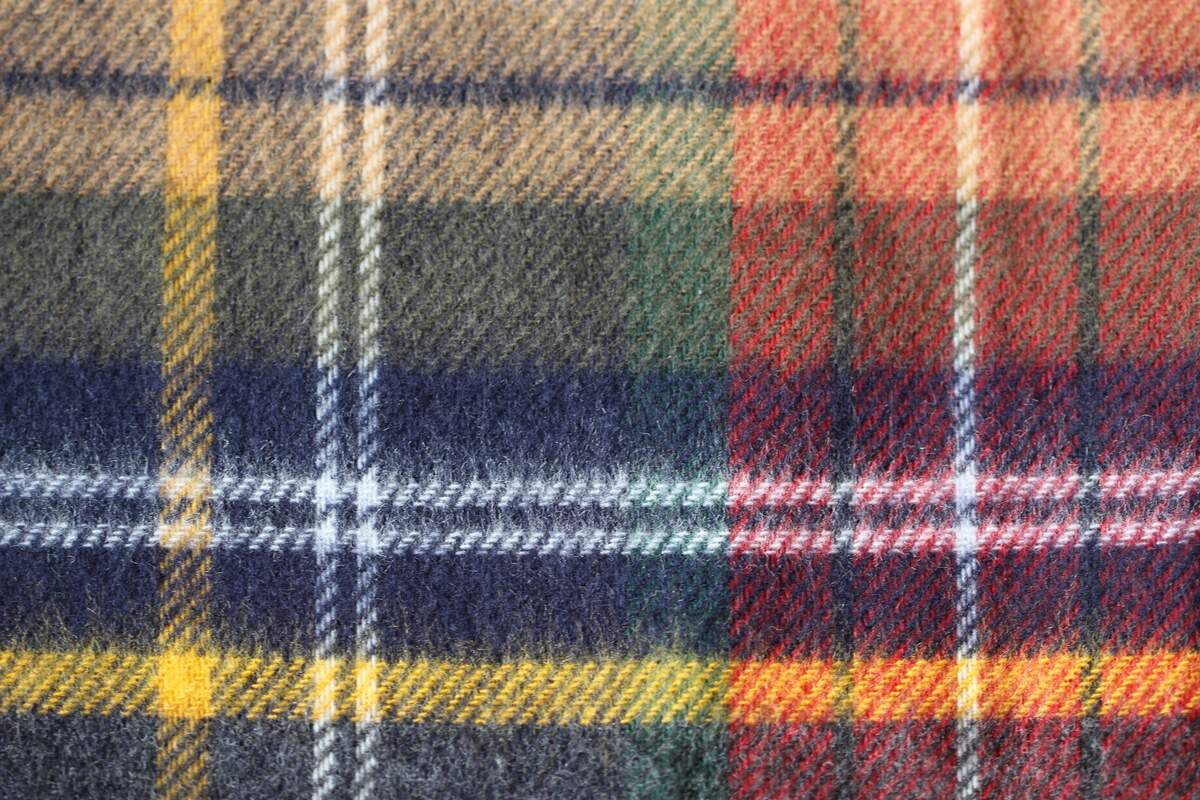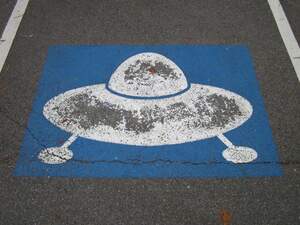

National Flannel Day
With winter still going strong, a day dedicated to a type of warm, sturdy clothing is well welcomed. Flannel is made of a fine, smooth yarn called worsted yarn. The yarn is napped on one or both sides. Napping is a finishing process where the fiber ends are brought to the surface, making the fabric softer and warmer.
The words "flannel" and "plaid" are often used interchangeably, but they are referring to different things. Flannel is a material or fabric, not a pattern. In contrast, plaid is a pattern. It originated with tartans many centuries ago. Many plaid shirts today are made of synthetic fabrics and lighter cotton instead of flannel, although many plaid flannel garments are still made.
Flannel was first made in Wales, in the sixteenth or seventeenth century. It was made to replace wool, as it was warmer and sturdier. Since its creation, flannel has been a mainstay of workwear, and it has been important to fashion at certain times throughout history as well. Throughout the years, its warmth, comfort, and versatility have kept it popular.
After getting its start in Wales, flannel spread around Europe during the Industrial Revolution, being aided by a process called carding. It is not known where its name came from, but the French began calling it flanelle, while Germans called it flanell.
In America, it may have first been used during the Civil War, in soldiers' undershirts and four-button coats. In 1889, Hamilton Carhartt opened a factory in Detroit and started making flannel clothes for workers to wear. It was at this time that flannel started being worn by factory workers, by those working on the railroads and in other types of construction, and by loggers. It was also used for long underwear.
Flannel continued to be worn as such into the twentieth century when it became a symbol of rugged men and blue collar workers. At this time there was also a fascination with Paul Bunyan, a mythical lumberjack who wore a red plaid flannel shirt. This endeared him even more to loggers and lumberjacks. It was used during World War I for undershirts, belts, and patches, and again during World War II, in the lining of the M1941 Field Jacket. In between the wars, during the Great Depression, it was also widespread, which reflected the economic times more than anything else.
In the postwar years, flannel expanded from its blue-collar roots to be used in more sophisticated clothing such as suits. Many businessmen wore flannel suits. In fact, a popular book of the time was The Man in the Gray Flannel Suit, which was adapted into a film starring Gregory Peck.
Flannel came back as a fashion statement in a very different form in the early 1990s, as a part of the grunge music scene. Members of bands such as Nirvana and Pearl Jam began wearing flannel shirts, as did fans of the music. Rather than gray flannel suits, cheaper flannel was worn, in a much more messy fashion.
Today flannel is often associated with outdoor wear, with some popular brands being L.L. Bean and Pendleton. It also appears in fashion wear, being worn by both men and women, and being made by brands such as Tommy Hilfiger, Dior, Ralph Lauren, Louis Vuitton, and Maison Margiela. In recent years it has also become a part of hipster fashion.
How to Observe National Flannel Day
Celebrate the day by wearing flannel! The most obvious thing to wear would be a flannel shirt, but you could also wear flannel pajamas or a flannel hat. You could also plan a trip to this year's Red Flannel Festival in Michigan.





















